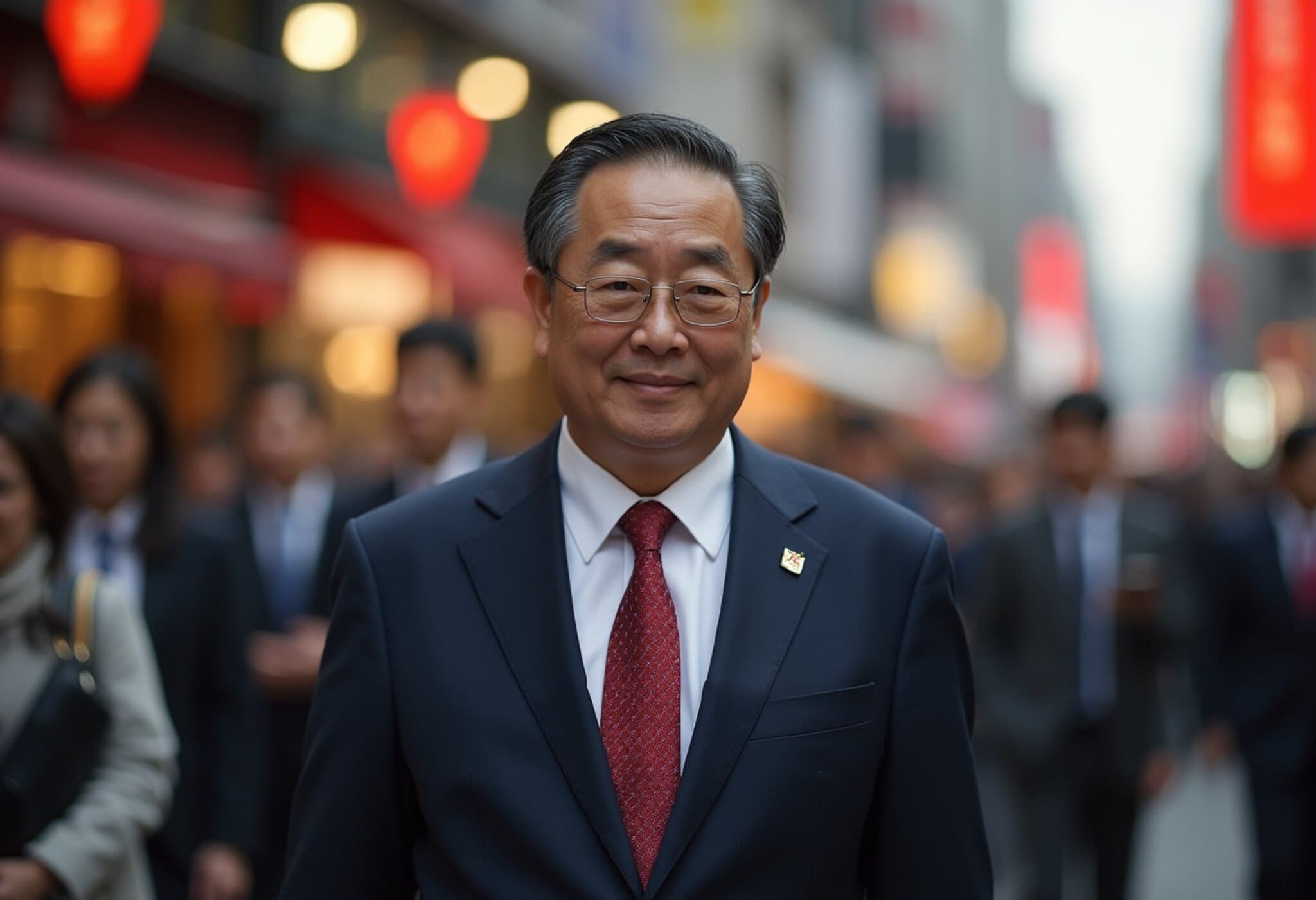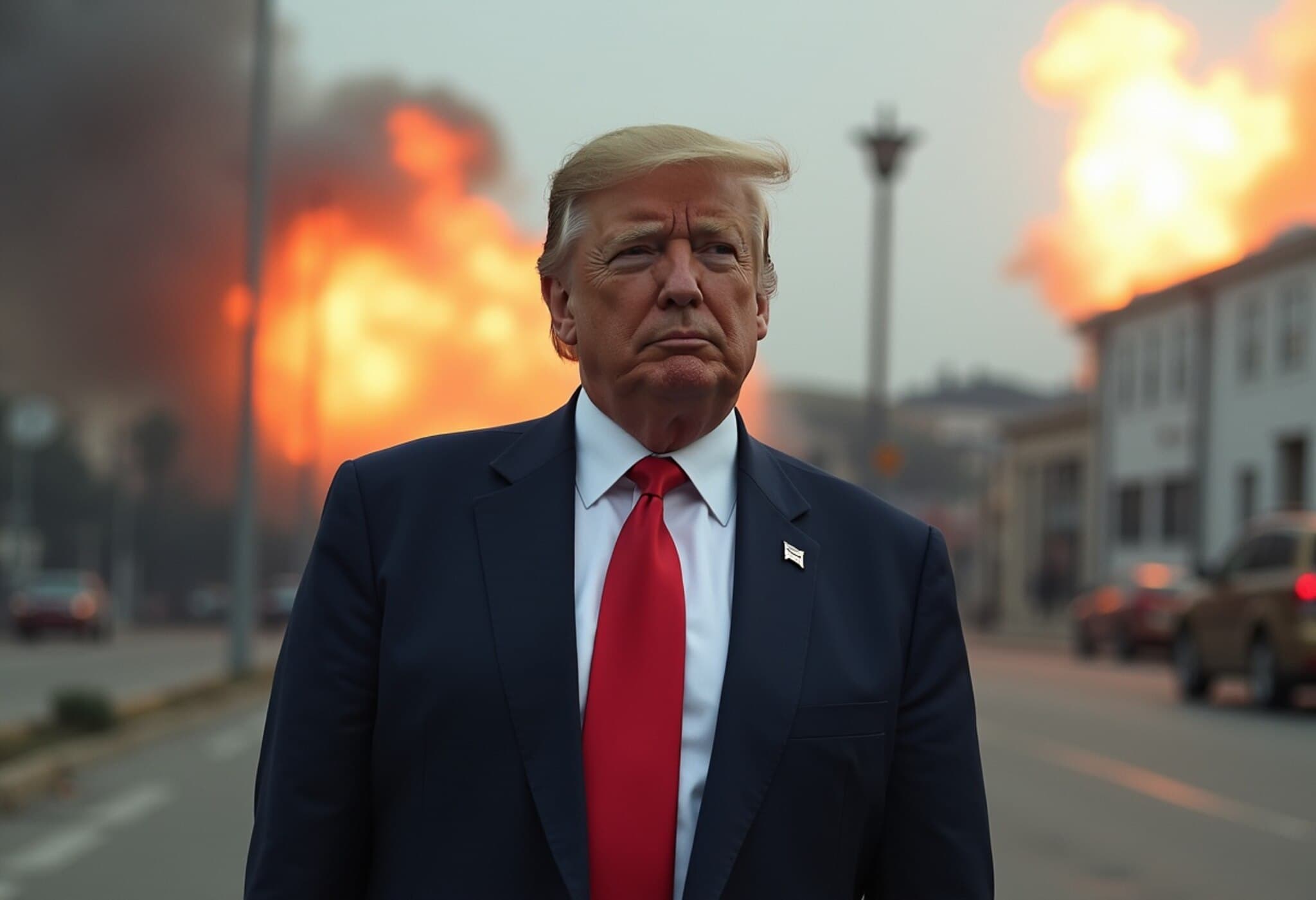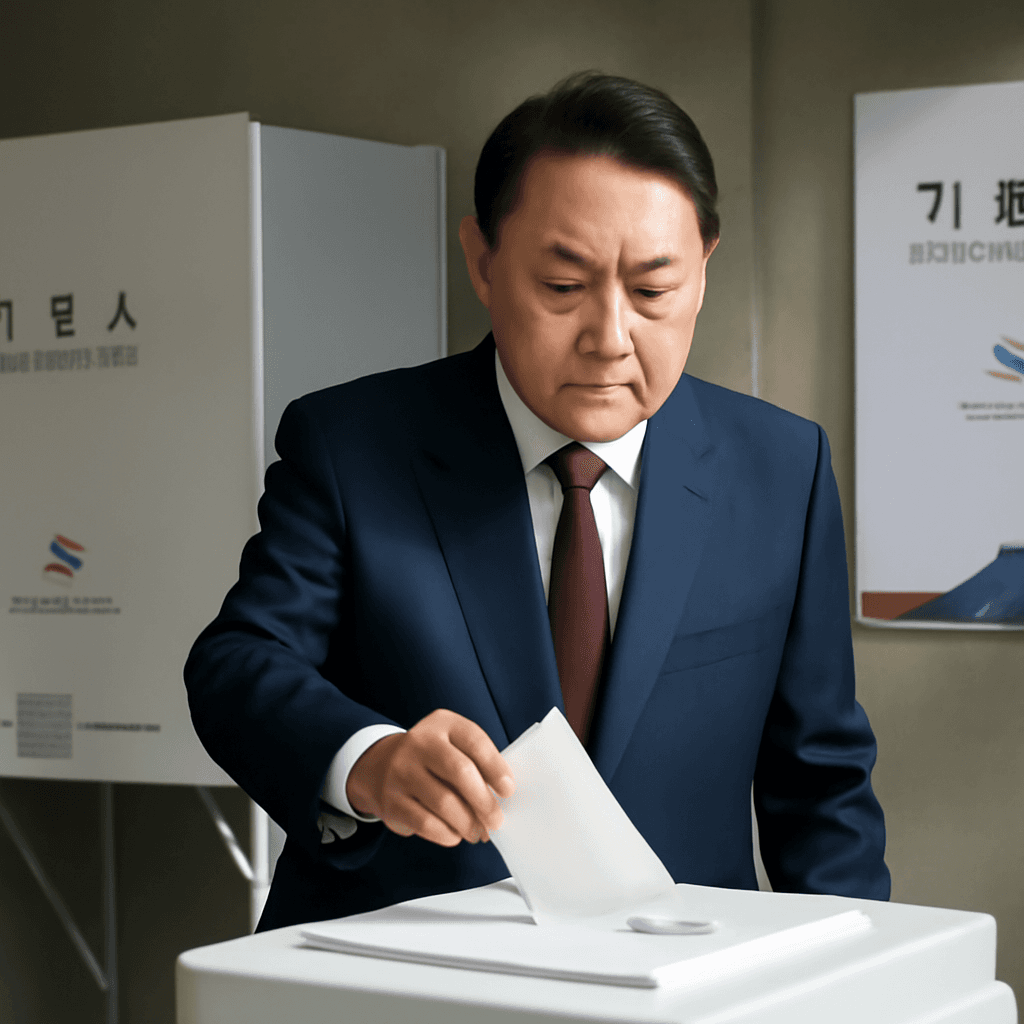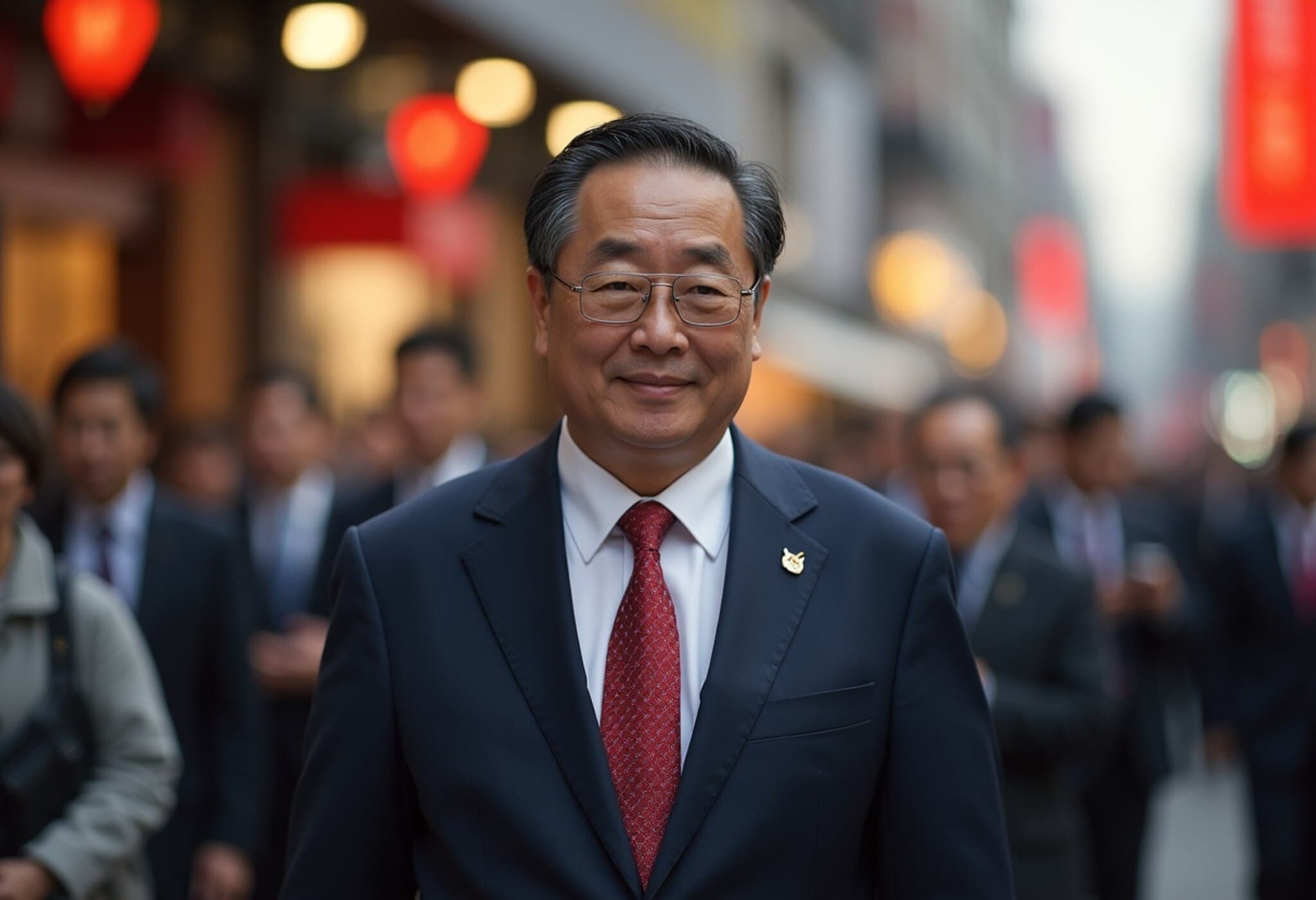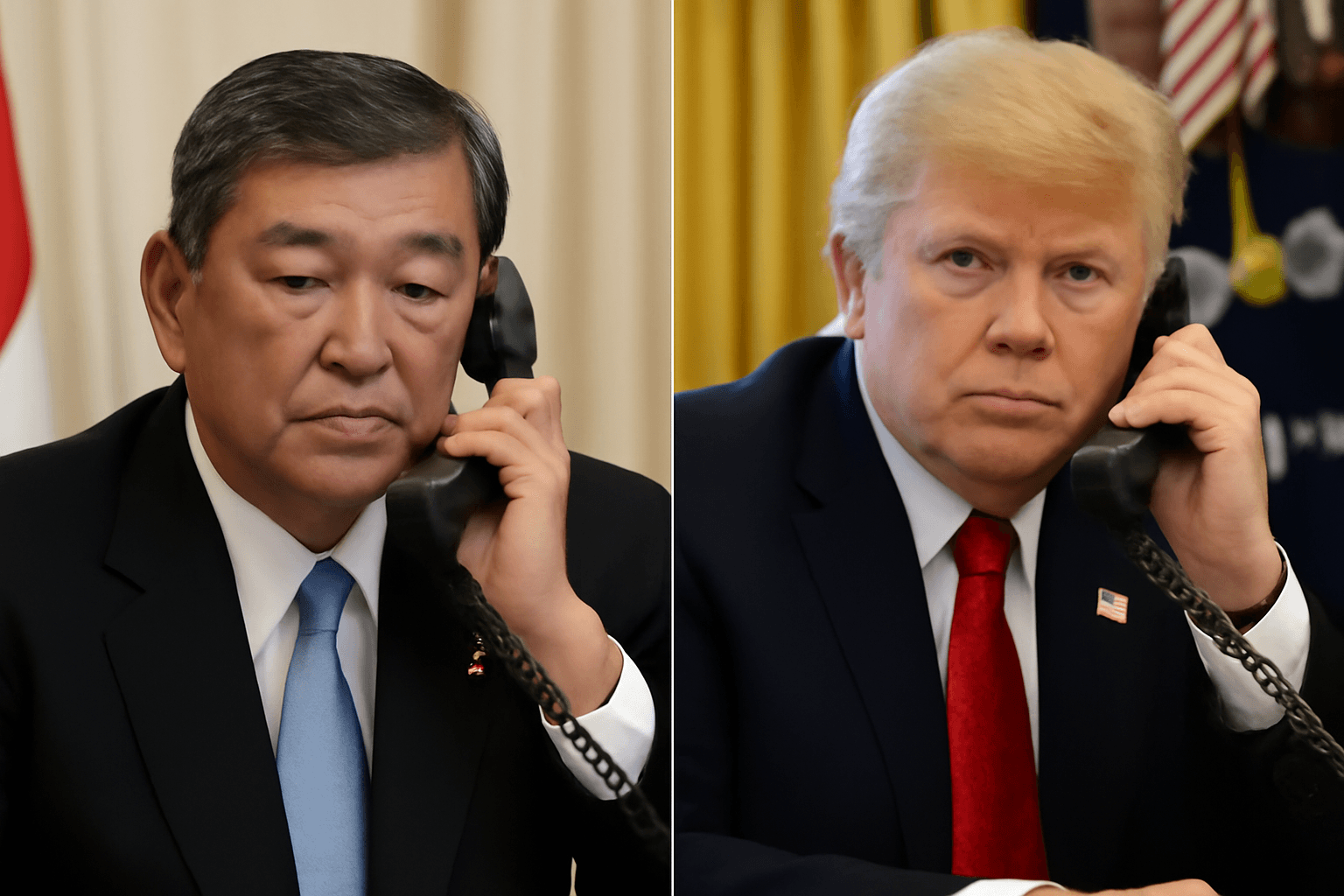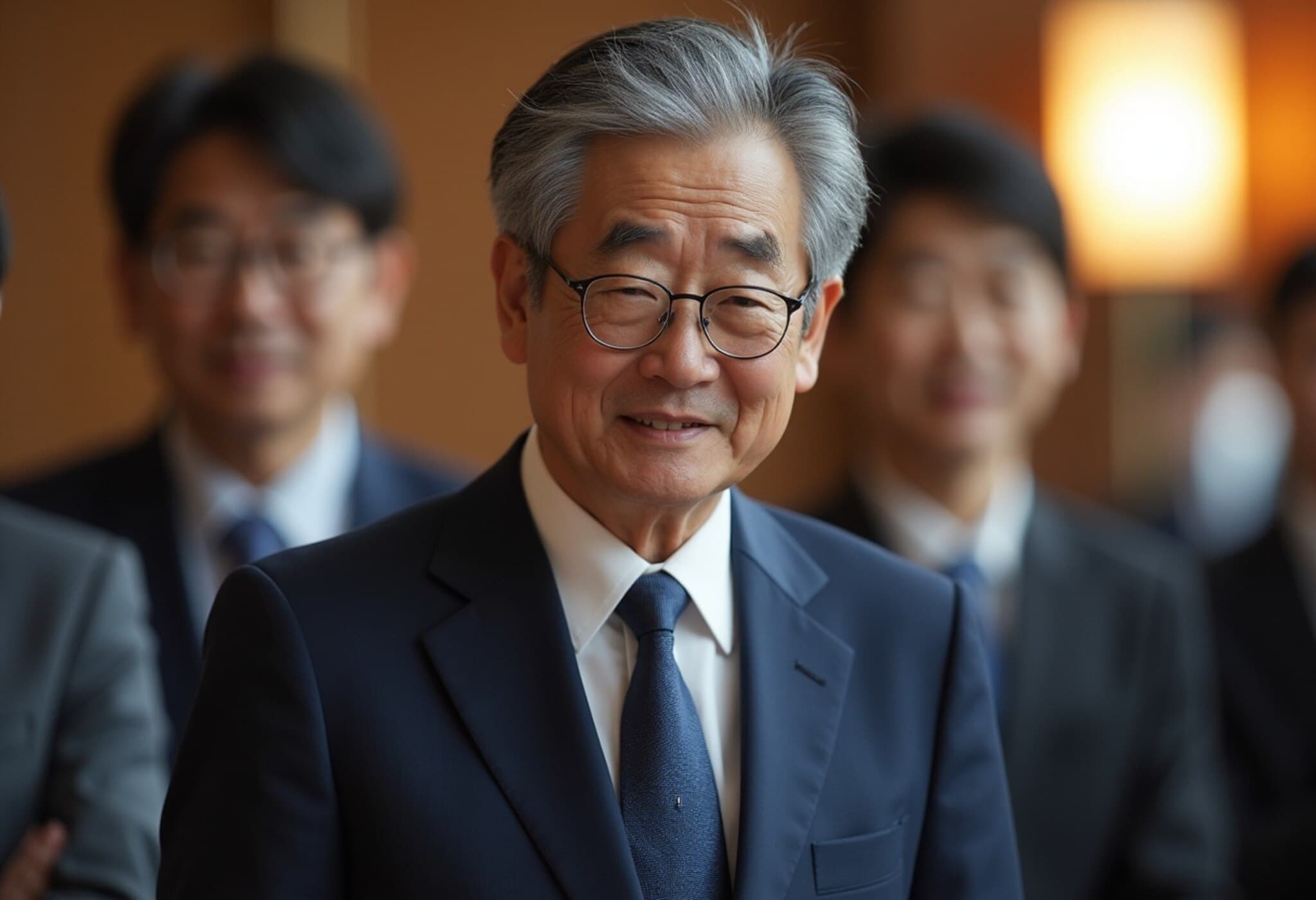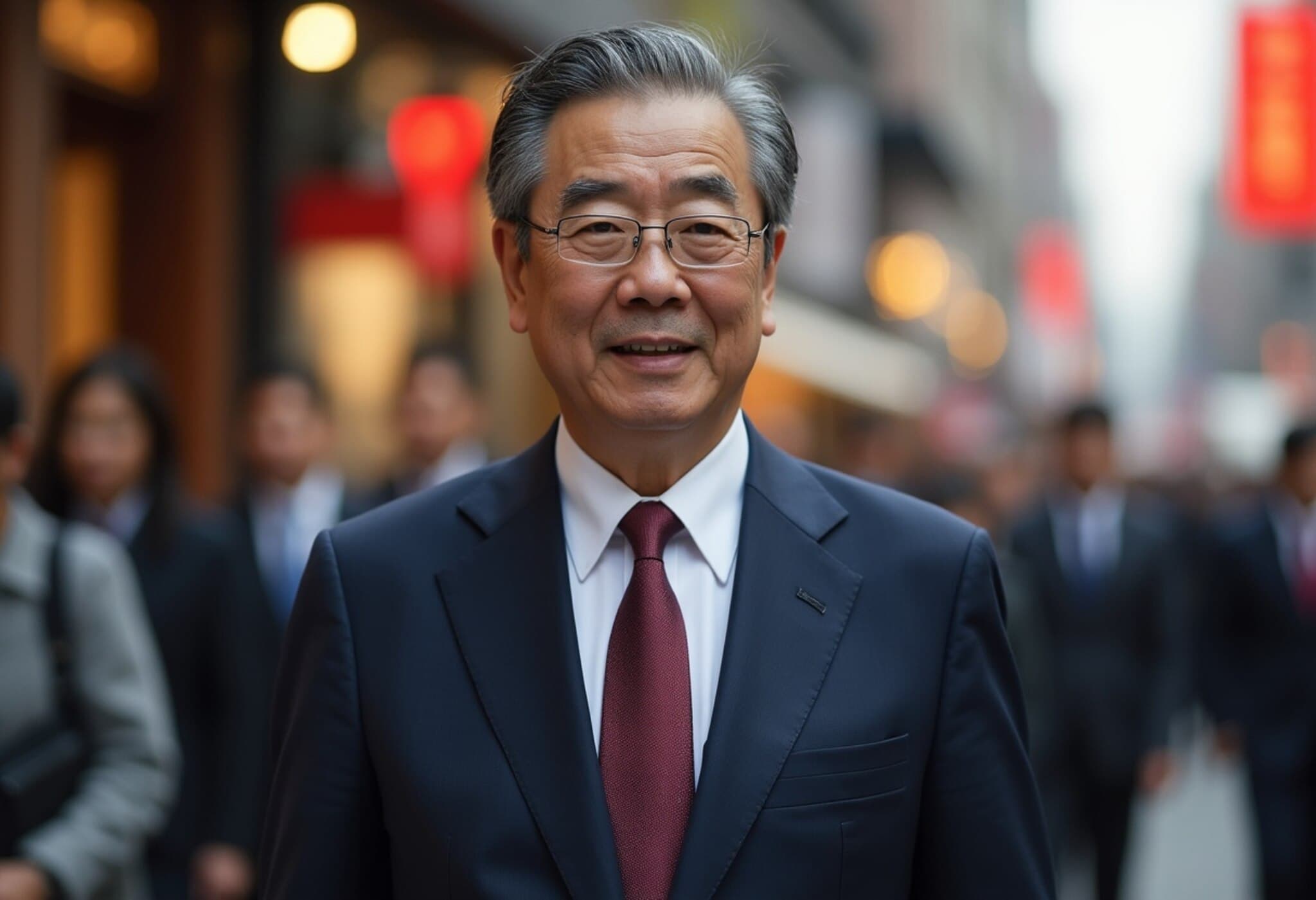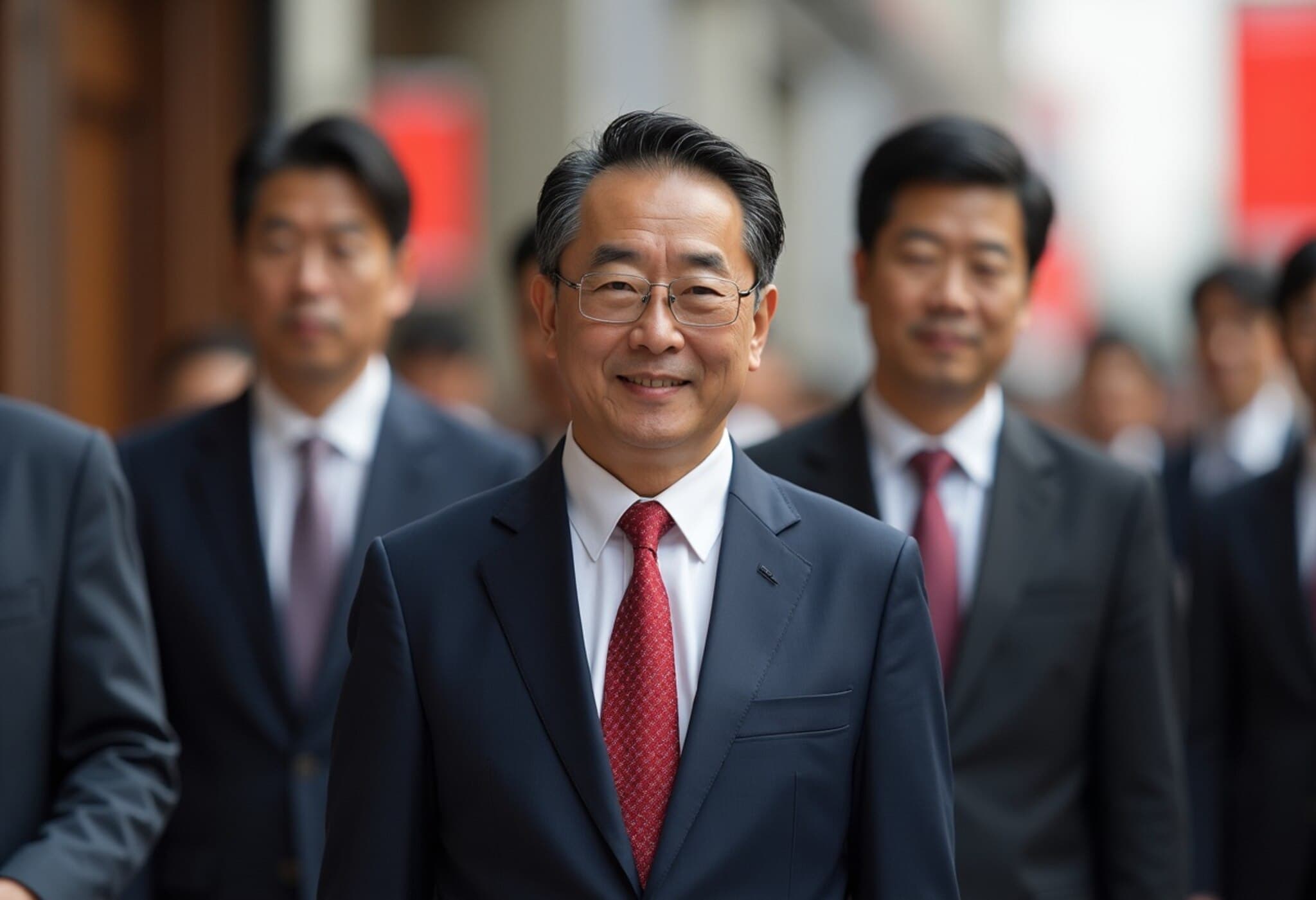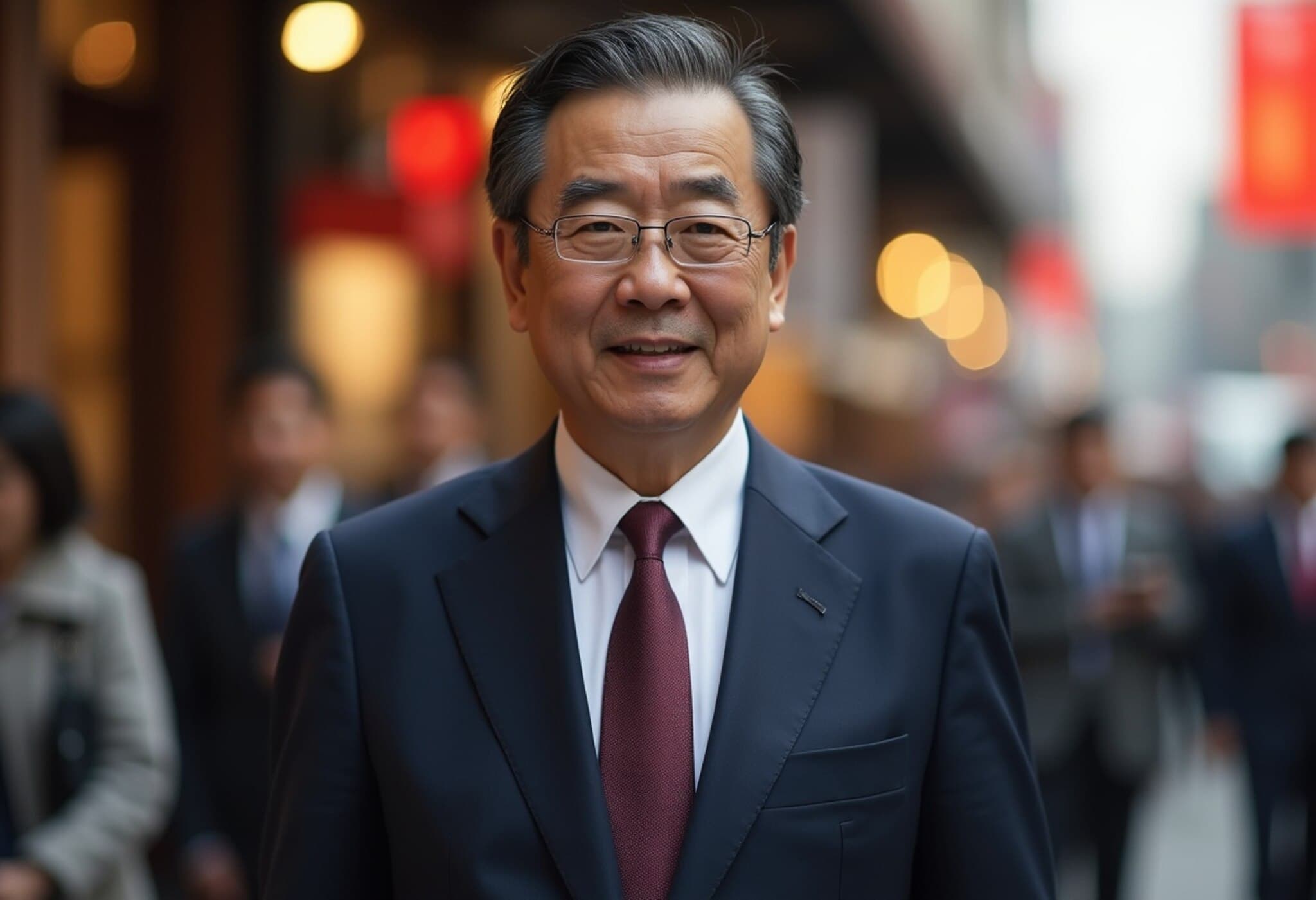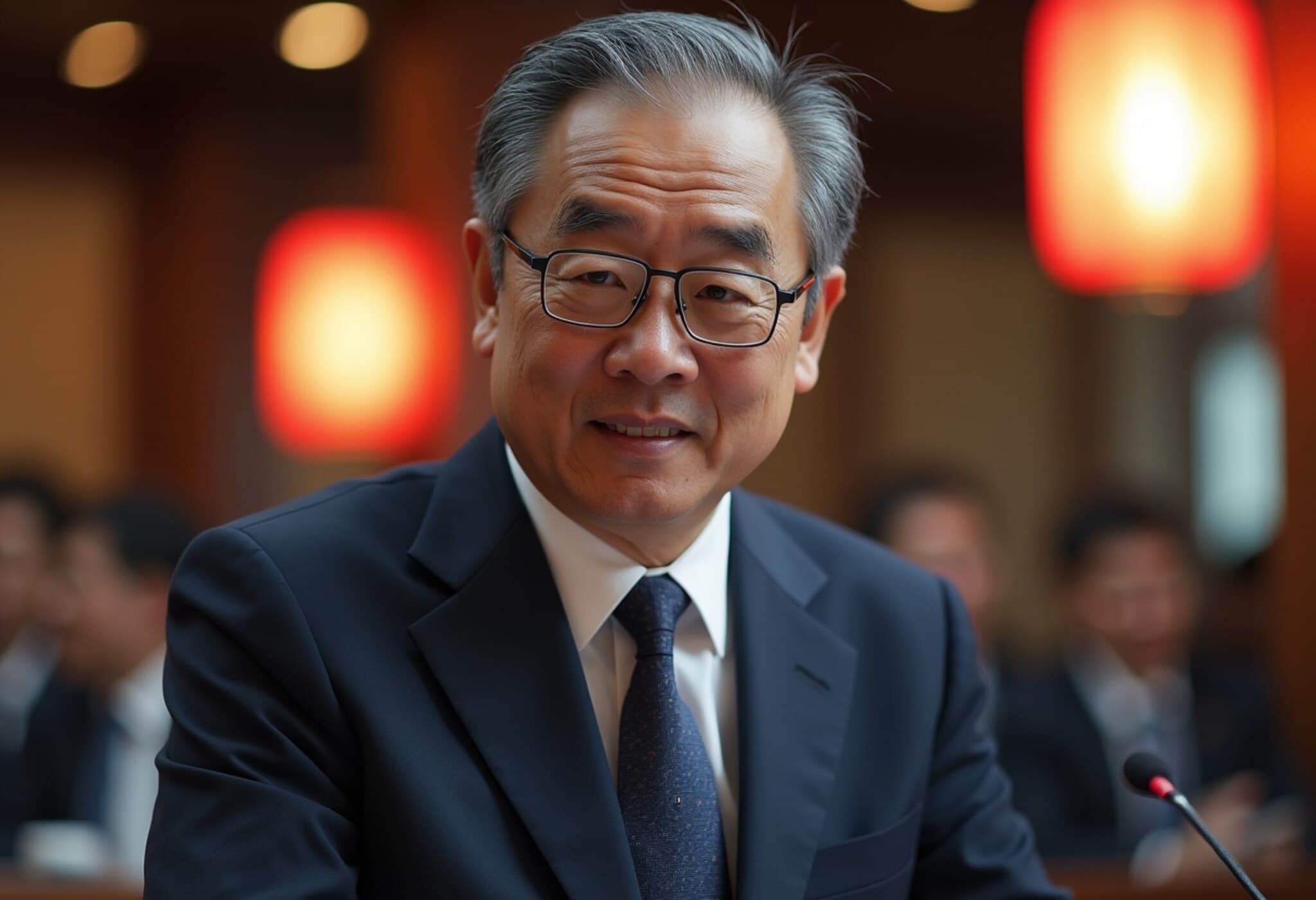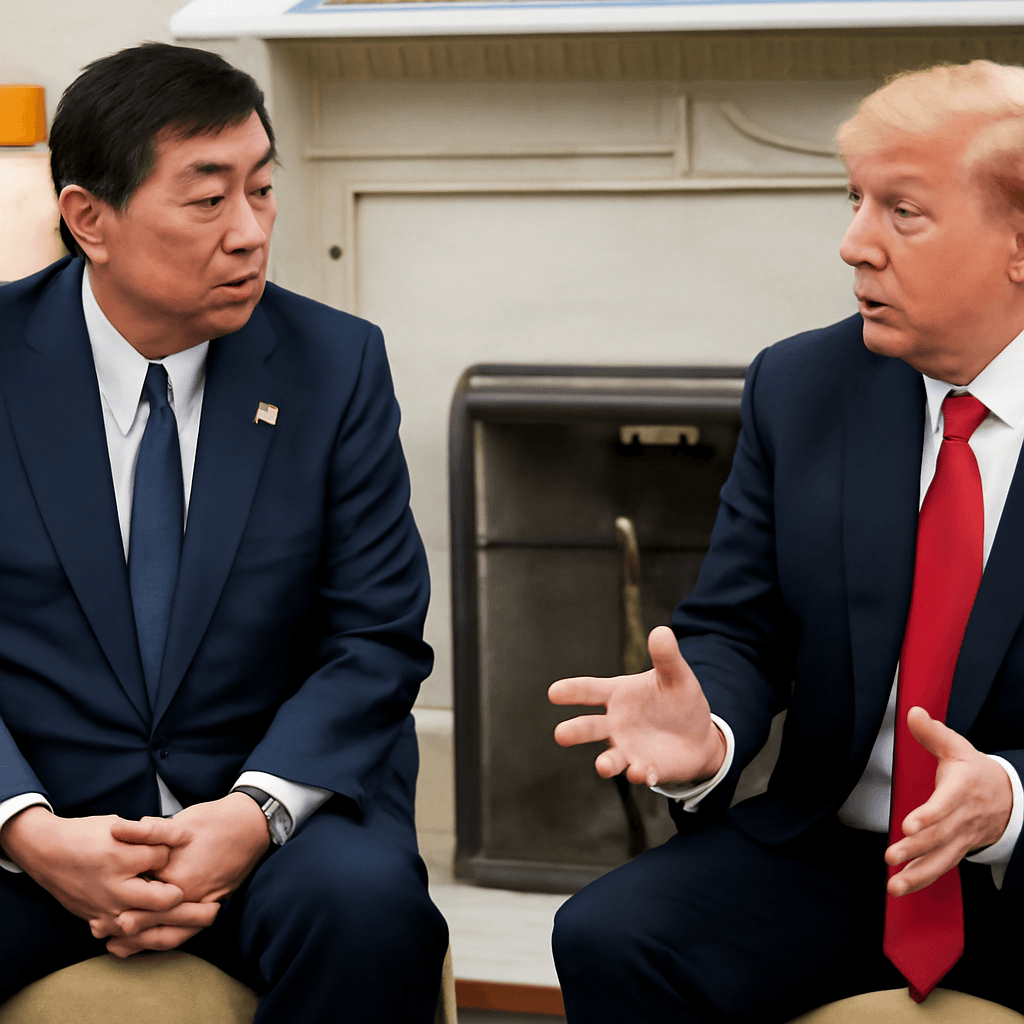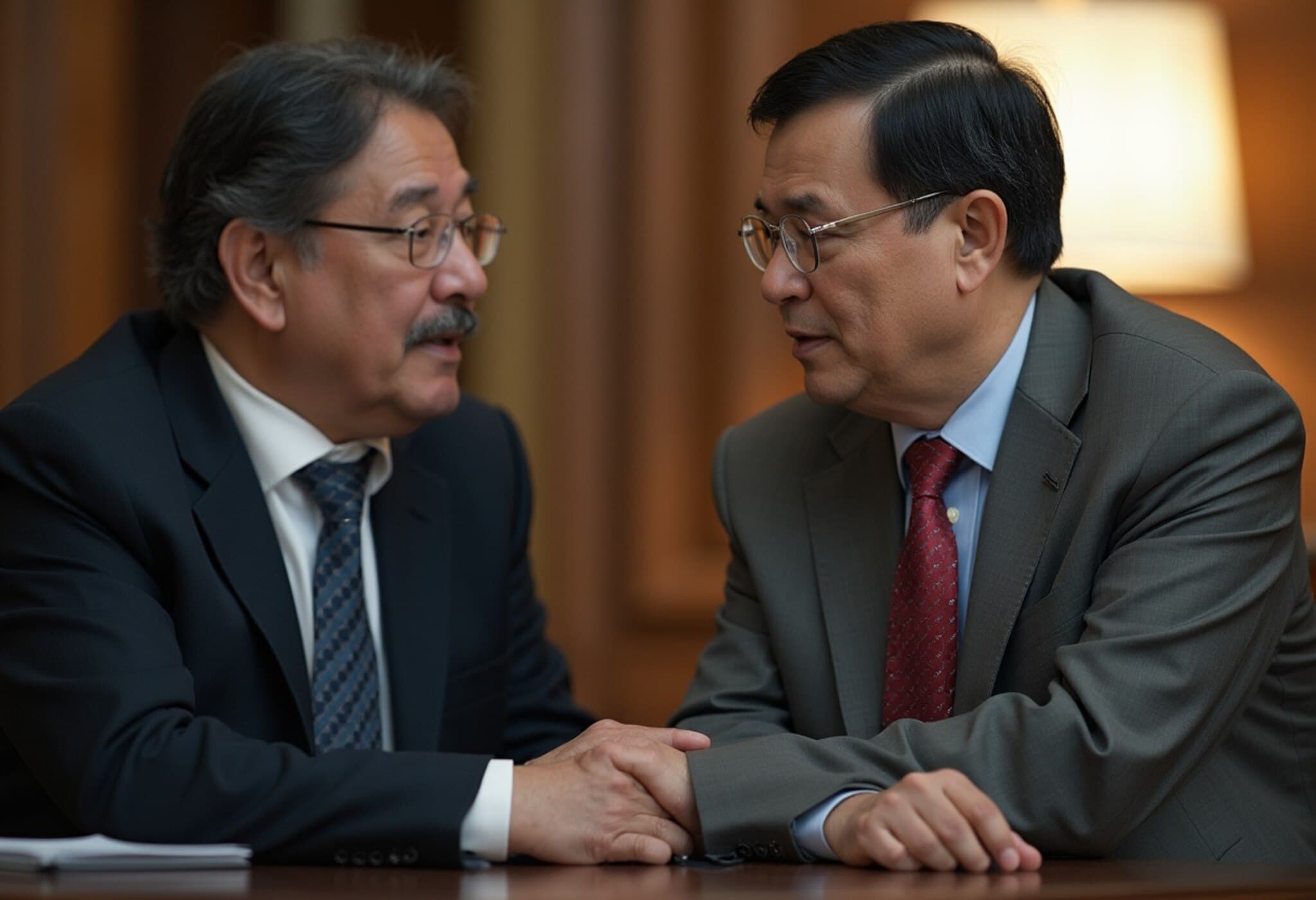Japan’s Upper House Election: A Decisive Moment for the Nation’s Future
On Sunday, July 20, 2025, millions of Japanese voters head to the polls in a pivotal Upper House election that could significantly reshape the country’s political landscape. With 125 seats—including one extra vacancy—up for grabs in the 248-seat chamber, this election is much more than a routine event. It stands as the first major electoral test for Prime Minister Shigeru Ishiba since he assumed office last year, under a fragile minority government.
Understanding the Stakes: What the Upper House Election Means
Japan’s Upper House, known as the House of Councillors, renews half of its members every three years. This year’s contest involves 124 regular seats and an additional vacancy, with more than 104 million eligible voters casting two ballots each — one for a local candidate and another for a party under proportional representation.
The ruling coalition, formed by Ishiba’s Liberal Democratic Party (LDP) and partner Komeito, currently holds 75 safe seats not up for election. But to maintain control of the chamber, they must win at least 50 of the available 125 seats. Failure to do so could weaken Ishiba’s grip on power and potentially ignite a leadership challenge within the LDP.
Why This Election Matters Beyond Politics
This vote is set against a backdrop of pressing challenges: inflation creeping over 3%, soaring food prices notably impacting staples like rice, and intensifying trade tensions with the United States. Notably, US President Joe Biden has threatened a 25% tariff on Japanese exports if Japan fails to open its markets, particularly for rice and American-made vehicles. The government’s reluctance to make concessions before the vote underscores the high risks involved.
The election outcome will influence Japan's trajectory on crucial domestic issues such as economic reform, food security, and immigration policy, as well as its international positioning amidst complex bilateral relations with the US.
Key Election Players: Faces to Watch
- Shigeru Ishiba (68): The incumbent Prime Minister and LDP leader, whose future depends on the election outcome. His government currently operates without a majority, making this vote critical.
- Shinjiro Koizumi (44): Agriculture Minister and son of former Prime Minister Junichiro Koizumi, perceived as a rising star. Koizumi’s swift release of emergency rice reserves ahead of the election highlighted his proactive stance amid food price anxieties.
- Sohei Kamiya (47): Leader of the upstart right-wing populist Sanseito party, which champions a “Japanese First” agenda targeting disillusioned young voters with promises of immigration limits and welfare reform.
- Yuichiro Tamaki (56): Head of the Democratic Party for the People (DPP), a conservative opposition party making strides by appealing to voters seeking alternatives within the right-leaning spectrum.
Rising Issues Driving Voter Sentiment
Inflation and the Cost of Living
Japan, long accustomed to deflationary pressures, is confronting an inflationary surge affecting basic necessities like food, with rice prices having doubled recently due to supply constraints and policy shortcomings. Low wage growth compounds frustrations, creating voters' appetite for meaningful economic reforms.
Trade Tensions with the US
The stalled trade talks with Washington carry significant economic implications. Ishiba’s resistance to pre-election concessions reflects Japan’s struggle to balance national interests amid protectionist pressures.
Immigration and Populism on the Rise
Labor shortages have driven Japan to welcome over a million foreign workers lately, yet immigration remains a divisive issue. Parties like Sanseito capitalize on fears, advocating strict immigration caps and welfare cuts for foreigners. Experts warn such rhetoric echoes the xenophobic political climate seen in other democracies, including the US under Trump.
Potential Outcomes and Consequences
If the LDP-Komeito coalition retains its majority:
- Ishiba can push forward with key policies, including an unprecedented defense budget increase.
- Legislative and trade negotiations may proceed more smoothly.
Conversely, a loss or even a slim majority would:
- Weaken Ishiba’s leadership, possibly prompting a leadership challenge within the LDP.
- Cause legislative gridlock hampering economic reforms and trade agreements.
- Heighten political instability, opening the door to alternative coalition formations.
Yu Uchiyama, a political science professor at the University of Tokyo, notes, “The election is a real test for Ishiba’s viability as a leader. A poor showing could precipitate his fall, and the government’s ability to address Japan’s urgent challenges would be compromised.”
Looking Ahead: What Could This Election Mean for Japan and the Region?
The results, expected late Sunday evening JST, will not only chart the course for Japan’s domestic policies but could also reshape its posture in regional diplomacy and trade. In an era of intensified geopolitical competition in East Asia, Japan’s political stability is a cornerstone for both economic security and defense cooperation.
Should Ishiba’s government falter, the ensuing leadership vacuum may also influence US-Japan relations, especially amid ongoing negotiations on trade and security.
Underreported Dimensions
While much attention focuses on party politics, less discussed are the social undercurrents fueling voter discontent — including rural depopulation, generational divides over immigration, and the slow pace of reforms addressing economic inequality. Understanding these dimensions is vital to grasping why this election carries stakes that extend well beyond parliamentary arithmetic.
Editor’s Note
The 2025 Upper House election represents more than a routine political exercise; it is a referendum on Prime Minister Ishiba’s leadership amid evolving domestic hardships and complex international pressures. The emerging narratives of populism, economic anxiety, and the quest for national identity mirror global democratic challenges, inviting us to consider what Japan’s electoral outcomes signal for democracy in the 21st century.
As voters exercise their franchise, the world watches closely — not just the tally of seats, but the future direction of one of Asia’s most influential democracies.

